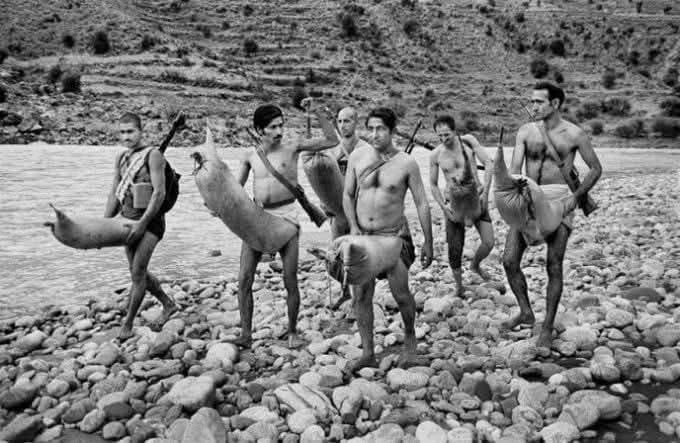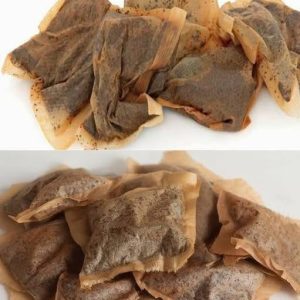Afghanistan: A Land of Contrasts and Resilience
Afghanistan is a country defined by striking contrasts. Its stunning mountains and lively marketplaces exist alongside the enduring scars of war and cultural repression. Rich traditions and heritage endure, yet they coexist with a history marked by conflict and the resilience of its people.
Observers from abroad often reflect, “Thank God I wasn’t born in Afghanistan.” This statement is not judgmental, but rather an expression of gratitude for freedoms that many take for granted—the freedom to speak, to learn, to dream, and to live without constant fear. Afghanistan’s modern history, however, shows how precarious these freedoms can be.
In the 1960s and 1970s, urban centers like Kabul embodied a spirit of progress and possibility. Women walked freely in Western clothing, earned higher degrees, and pursued careers as doctors, journalists, and educators. Cultural life thrived, with art, music, and festivals suggesting a bright, evolving future for the nation. For a brief moment, Afghanistan seemed poised to join the world stage not just politically, but culturally and socially.
That promise, however, unraveled over subsequent decades. War, invasion, and extremist rule reversed much of the progress achieved during that era. Under Taliban rule, women were largely erased from public life, girls’ schools were shuttered, and fear became a constant companion. Personal expression became dangerous, and daily life was dictated by strict interpretations of law and custom. The vibrancy of cities faded, replaced by a society in which participation in cultural, educational, and public life was severely curtailed.
Afghanistan remains a land of contrasts—beauty intertwined with hardship, tradition alongside repression, and resilience shadowed by loss. Its story is a reminder of both the fragility of progress and the enduring strength of its people, who continue to navigate a world shaped by the weight of history and the hope for a brighter future.






